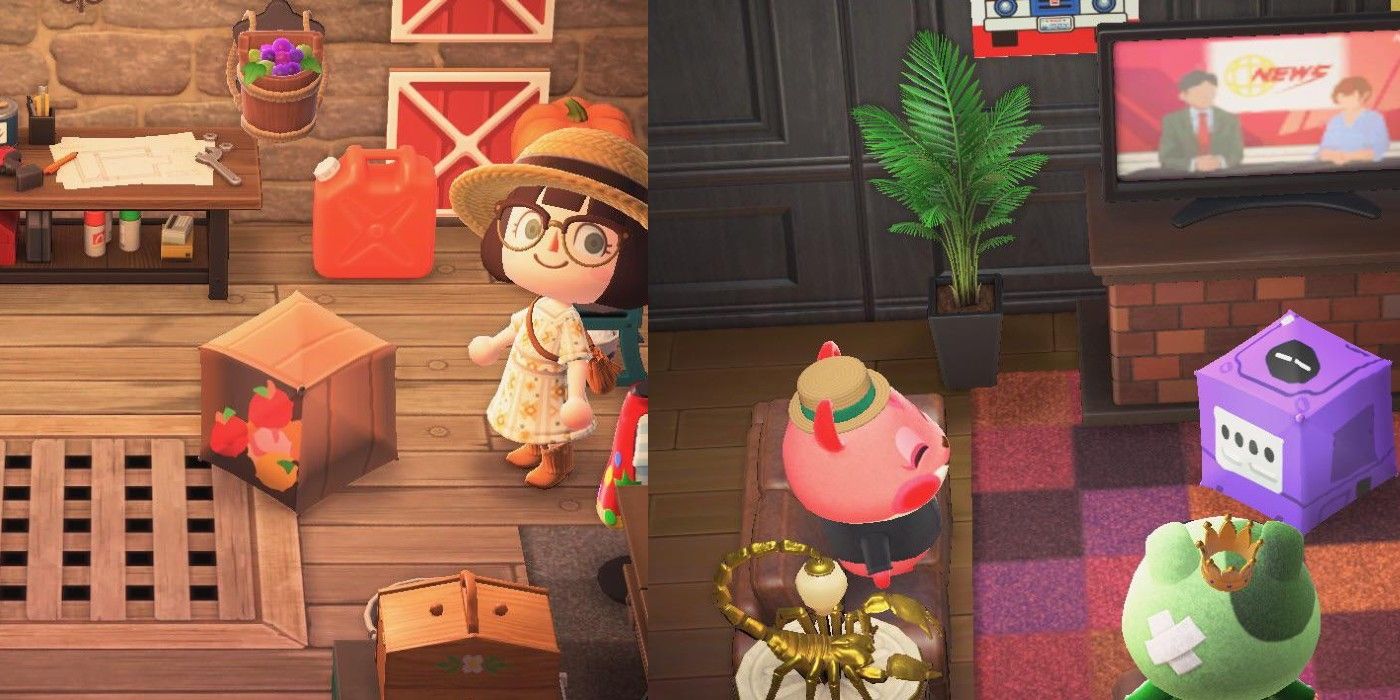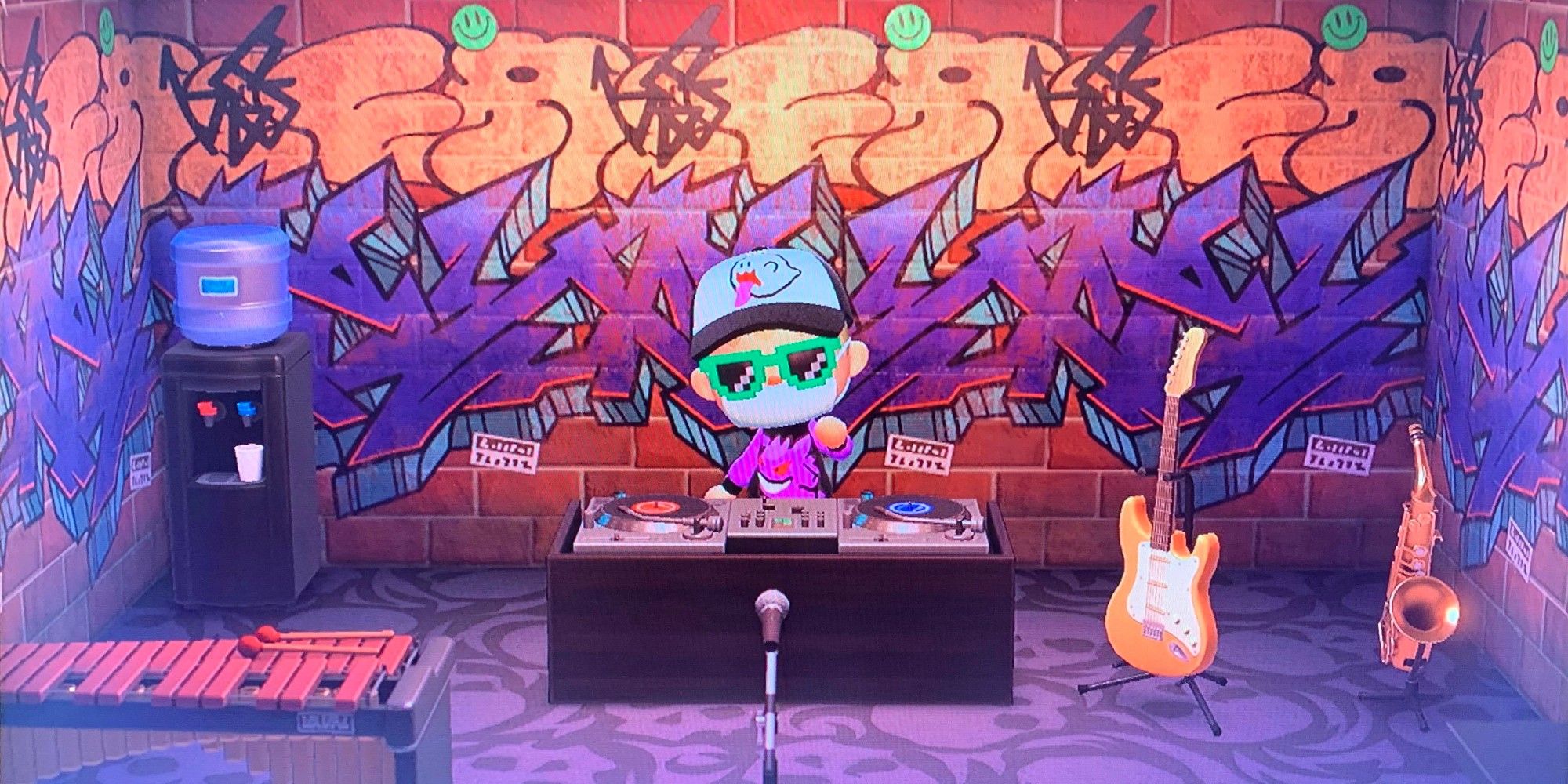Independent design and style have always been a trademark of the Animal Crossing series, with players being encouraged to bring their own artistic visions to fruition in the games' islands, houses, and towns. Understandably, the game had limitations that were advanced with each new installment in the franchise. Despite these improvements, players still sought out creative new ways to bypass the limits of the game and create their own design tricks to bring their utopias to life.
Like many other Animal Crossing games before it, several of the community's latest design tricks have been trending with players of Animal Crossing: New Horizons. Using ACNH's terraforming and custom designs, fans have been implementing optical illusions and forced perspectives to craft beautiful scenes across many different islands. From tourist attractions to post-apocalyptic disasters, these design tips and tricks can help players craft their perfect island paradise (or nightmare).
The first tactic that has produced some interesting results is known as forced perspective. Utilizing the higher levels of ACNH islands, players have been able to manipulate depth perception and create viewing areas for their forced perspective scenes. This effect is furthered with the use of larger items such as the lighthouse, monster statue, and giant robot, paired with smaller items and paths to increase size differences. With this tactic, fans can make a lighthouse attraction complete with parking lot path patterns and cookie tin cars appropriated from the kitchen collection of items. Gathering enough materials for Animal Crossing's monster statue and giant robot can give players the ability to recreate a Pacific Rim-themed fight, complete with campfires in the wake of the combat's disaster.
Animal Crossing's Community Designs Have Some 3D Wonders
One of ACNH's later updates brought about designable umbrellas, which players could imprint with their custom designs from the Abel Sister's Design Kiosk. While some players stick to more traditional forms of pixel art and pursued 2D patterns, others utilize more 3-dimensional art in order to create some astounding optical illusions. One player, disappointed with the lack of pet options in the game, ended up creating their own cat crate in their room. The fluffball appears to be poking its head out of a carrier, and upon first glance, seems to be just another item in ACNH's arsenal of decorations. Closer inspection will reveal that it is nothing more than an umbrella angled deceptively for the camera.
Players have taken further advantage of these umbrella designs with the use of patterns resembling gaming consoles. Combined with decorations in houses, they can work toward creating the perfect lazy Saturday afternoon scene, especially if some Villagers come over to visit. While there are some Nintendo themed items in Animal Crossing, being able to generate them independently and implement them into preexisting designs gives players a new sense of freedom and control over their islands.
Umbrella designs aren't the only ones that can help complete players' visions with optical illusions, as some designs can be printed on clothes to help turn player characters into a part of the island attraction. Mirroring wallpaper designs can give players lovely camouflage, and when paired with hats and sunglasses, turn them into a sort of coat rack. This design can be used as a fun party trick, or as a prank to confuse visiting friends.
Despite the sheer number of items, designs, and styles available in Animal Crossing: New Horizons, the custom designs and execution of scenes are what make the magic of the game so exciting. There's nothing more rewarding than putting hours into a design or scene and watching it all come together. There are countless custom designs and vanilla items for Animal Crossing players to incorporate in the creation of their perfect island.


